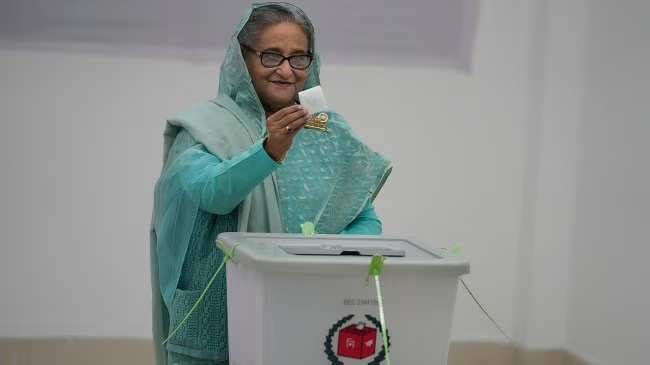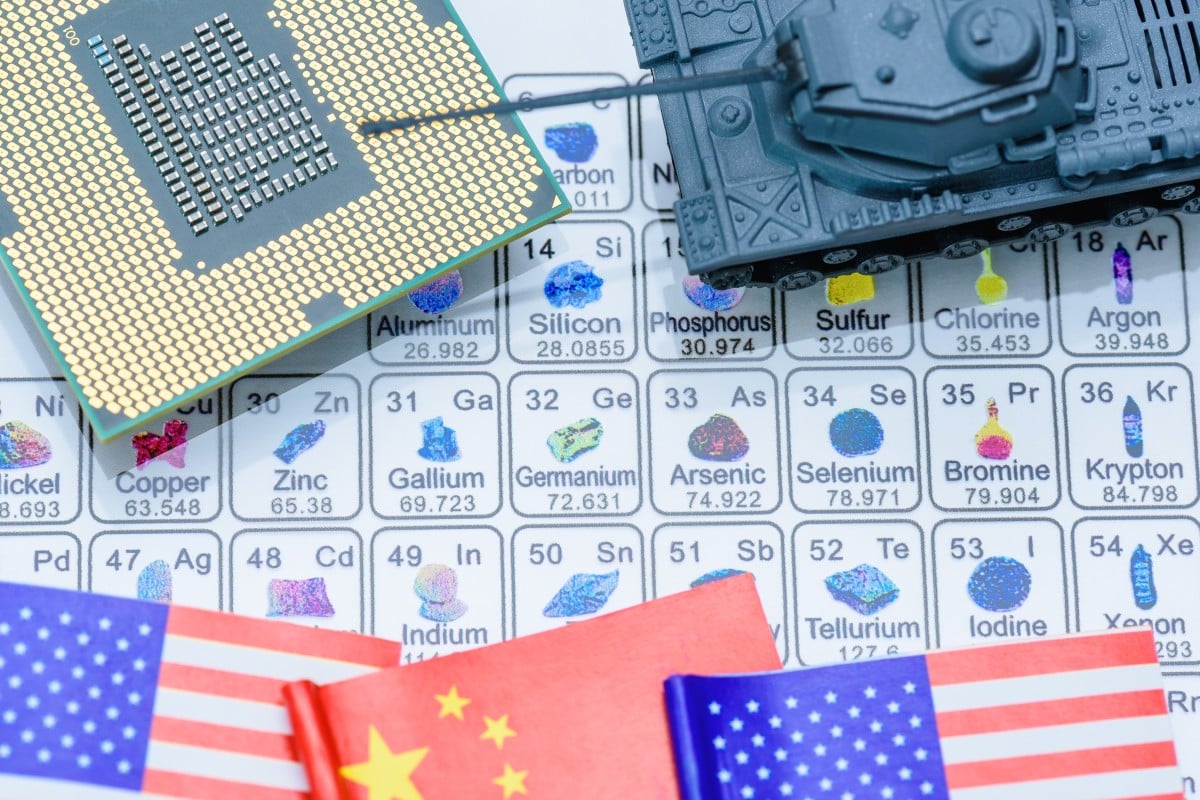Prof. Syed Munir Khasru
South China Morning Post
December 16, 2024
https://www.scmp.com/opinion/asia-opinion/article/3290635/trump-20-forcing-asian-economies-make-hard-choices-fast
_________________________________
As US president-elect Donald Trump returns to the White House for his second term next month, global markets and US trading partners are bracing for what could be one of the most dramatic reshapings of international commerce since World War II.
His campaign promises suggest an even more aggressive stance on tariffs than his first term, with proposals for a universal baseline tariff of up to 20 per cent on most imports and potential tariffs as high as 60 per cent on Chinese-made goods. These signals alone are prompting Asian countries to re-evaluate their supply chains and investment strategies before he takes charge.
The Trump administration’s aggressive stance towards China during his first term, marked by the trade war which began in 2018, fundamentally altered the economic relationship between the world’s two largest economies.
Trump’s approach to import tariffs aligns with his “America First” economic vision, emphasising the protection of US industries to address trade imbalances. His first-term policies targeted what he described as unfair trade practices, intellectual property theft and the erosion of US manufacturing jobs, particularly in relation to China.
When Trump became president in 2017, the federal government collected US$34.6 billion in customs, duties and fees. This doubled under his watch to US$70.8 billion in 2019. US tariffs on Chinese goods also escalated to cover about US$370 billion worth of imports.
These measures had significant collateral effects on Asian economies integrated into Chinese supply chains. GDP growth in developing Asia fell from 5.9 per cent in 2017 to 5.2 per cent in 2019, partly attributable to rising trade tensions.
Vietnam, though, emerged as a notable beneficiary, with exports to the US increasing 28.8 per cent year on year in the first quarter of 2019 as manufacturers sought alternatives to China. This trend of supply chain diversification has continued to reshape regional trade patterns.
The post-pandemic economic recovery has been uneven across Asia. China’s gross domestic product growth, while rebounding to 5.2 per cent in 2023, has faced structural challenges including a property-sector crisis and demographic headwinds. Asian economies have shown varying degrees of resilience, with India maintaining robust growth, averaging 7.2 per cent in 2022-23, while Southeast Asian economies have demonstrated remarkable adaptability.
Indonesia, for instance, maintained steady growth at more than 5 per cent in 2023, while Japan has seen modest growth as it grapples with inflation and currency depreciation. The Regional Comprehensive Economic Partnership, implemented in 2022, has created the world’s largest trading bloc, potentially offsetting some negative effects of US-China tensions. However, the exclusion of the United States from this agreement highlights the competing spheres of economic influence in the region.
The security landscape in Asia has grown increasingly complex too. China’s military expenditure has risen consistently, reaching an estimated US$292 billion in 2022, second only to the US. This military modernisation, coupled with assertive actions in the South China Sea and around Taiwan, has prompted regional concerns about Beijing’s intentions.
The evolving security dynamics can be seen in the increased frequency of US freedom of navigation operations in the South China Sea, strengthening of the Quad grouping between the US, Japan, Australia and India, and enhanced military cooperation between traditional US allies such as Japan, South Korea and the Philippines.
China’s growing influence in Southeast Asia through infrastructure investment and diplomatic engagement has added further layers of complexity to regional relationships.
Trump’s strategy has focused on economic nationalism, aiming to reduce reliance on foreign supply chains and use the size of the US market to secure advantageous trade agreements. He has employed tariffs, tax incentives and public pressure to encourage domestic production, claiming that previous trade policies disadvantaged American workers.
His broader agenda has included deregulation, lower corporate taxes and bolstering traditional manufacturing sectors. While some industries saw benefits from these protections, tariffs raised costs for consumers and businesses reliant on global supply chains. Retaliatory tariffs have also hurt US exporters, especially farmers.
Looking ahead to potential scenarios involving Trump’s policies in 2025 intended to “Make America Great Again”, Asian nations face several critical economic challenges. The potential for renewed trade tensions between the US and China could force them to make difficult choices about economic alignment.
Countries heavily dependent on both markets might need to accelerate economic diversification efforts, strengthen regional integration, develop more robust domestic markets and invest in technological self-sufficiency. The regional security architecture could face increased strain if US-China competition intensifies, requiring countries to balance their security relationships with the US, economic ties with China, regional solidarity, Asean centrality and domestic security priorities.
For Asian nations navigating these challenges, several strategic approaches merit consideration. Enhanced regional cooperation through strengthening intraregional trade and investment could help reduce dependency on both the US and Chinese markets.
Furthermore, focusing on the digital economy through investments in digital infrastructure such as high-speed telecoms services, data centres and instant digital payments will be essential for maintaining competitiveness in the evolving global economy. Infrastructure development can also be advanced by leveraging multiple sources of investment, including the Belt and Road Initiative.
The Asia-Pacific region faces a period of significant uncertainty as Trump prepares to take the oath of office for the second time. While the challenges are substantial, they also present alternative opportunities for regional powers. Success will require careful diplomacy, strategic foresight and enhanced regional cooperation.
The future stability and prosperity of Asia depends largely on how regional economic powerhouses such as Japan, India and Singapore navigate complex political-economic dynamics while maintaining their strategic autonomy by factoring in the Trump effect on US-China relations.



0 Comments